A while back I picked up a job lot of three cameras for not much money. The one I was after was a Konica C35 EF – which did prove to be exactly what I wanted, but that is another story. Of the other cameras, one was a Kodak Instamatic 155X while the third was unknown to me, an odd looking thing. It is branded a Neo Fot A and was made in Denmark. While there is not much information online, it appears it was designed by a Danish engineer Kaj Hyllestad, who opened a factory in Copenhagen in 1946 to produce the relatively low cost camera for the local market. The venture apparently met with some success selling more than 25,000 units over the years it was produced. It is not clear when production ceased, however, according to Collectiblend, it is now a very rare camera. The original owner of this particular camera was from the Netherlands, bringing it with him to New Zealand when he immigrated in the 1950s. It had been in the family since then, but not used for many years.
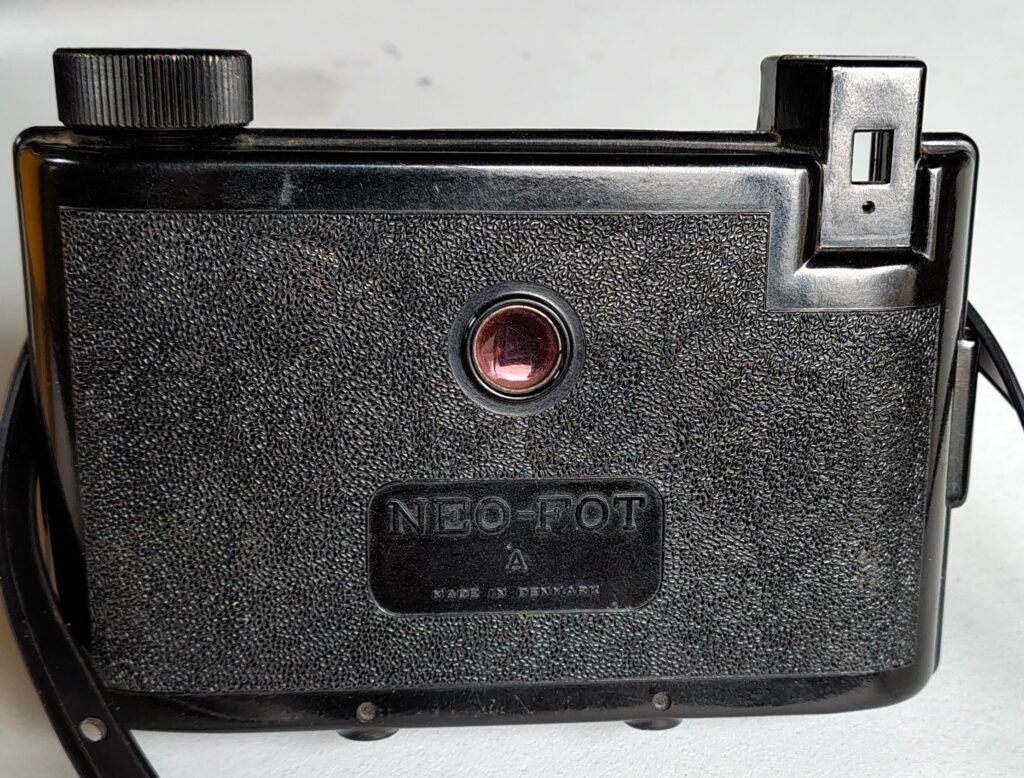
I think most would agree it is not a pretty camera; a bulky Bakelite body with a fixed protruding lens barrel gives it a rather odd look. It uses 120 film set up for 16 frames of 4.5 x 6 negatives and has absolutely no frills. There is a fixed focus lens with a simple guillotine shutter operating at about 1/50, although it does have and I and T options. The viewfinder is a basic portrait format frame with glass on one face. To load film, the back is opened by inserting a coin in a slot on the side and levering it open. Once loaded, the back is then pushed and clipped on and film advanced with the large knob on the side.
Given the apparent market success I was interested in how it actually performed. So, presented with a sunny autumn day at Castlepoint, a small community on New Zealand’s North Island east coast, I loaded a roll of Kentmere 100 and did a walk around. The camera initially felt a bit awkward, but holding the barrel with the right hand and operating the shutter with the thumb worked for me. Other than keeping the camera steady and the sun over the shoulder, it was point and shoot, an enjoyable experience just thinking about composing the image. And in the end, the rudimentary view finder proved to be accurate enough for the job.
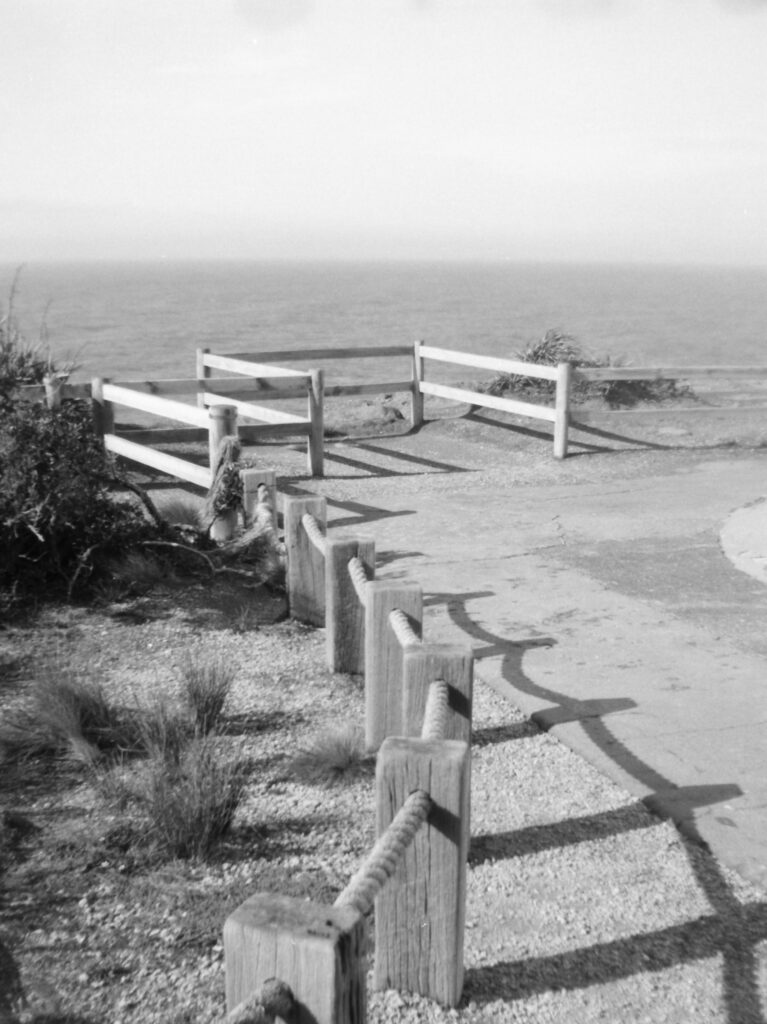




The results were quite pleasing, sharp enough in the mid to foreground, with a decent tonal range and no obvious vignettes or light leaks. One could see how the Neo Fot could be very satisfactory for capturing the family snapshots back in the early 50s, and I imagine getting 16 frames from a roll of film was a bonus too. So given the limited choices at the time it was not surprising it sold reasonably well in it’s own market.
Share this post:


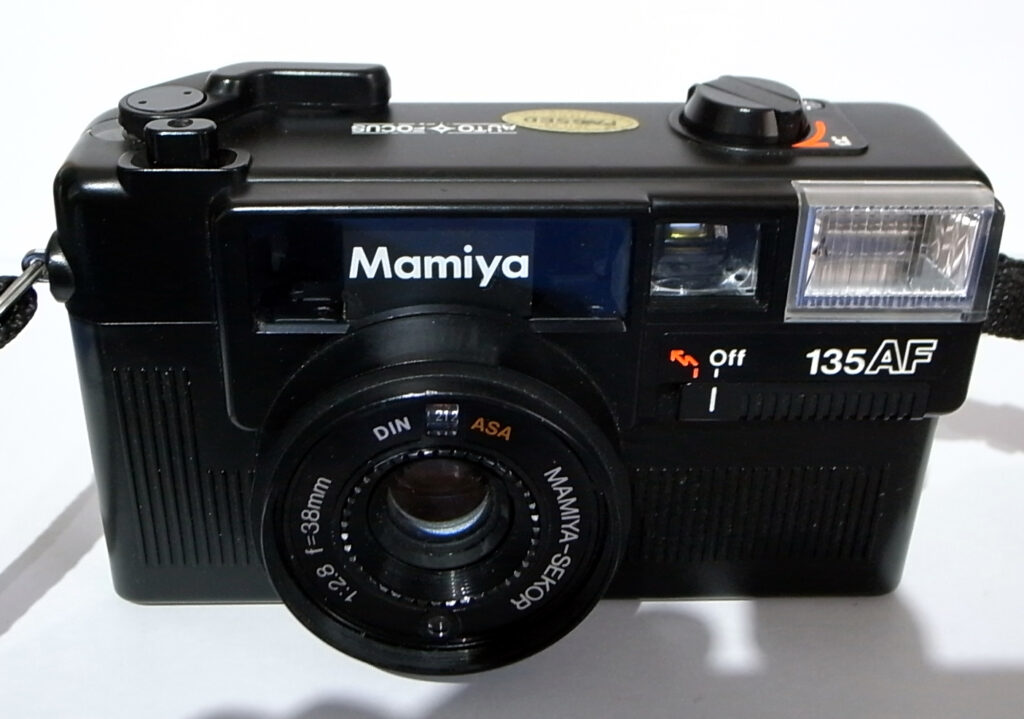
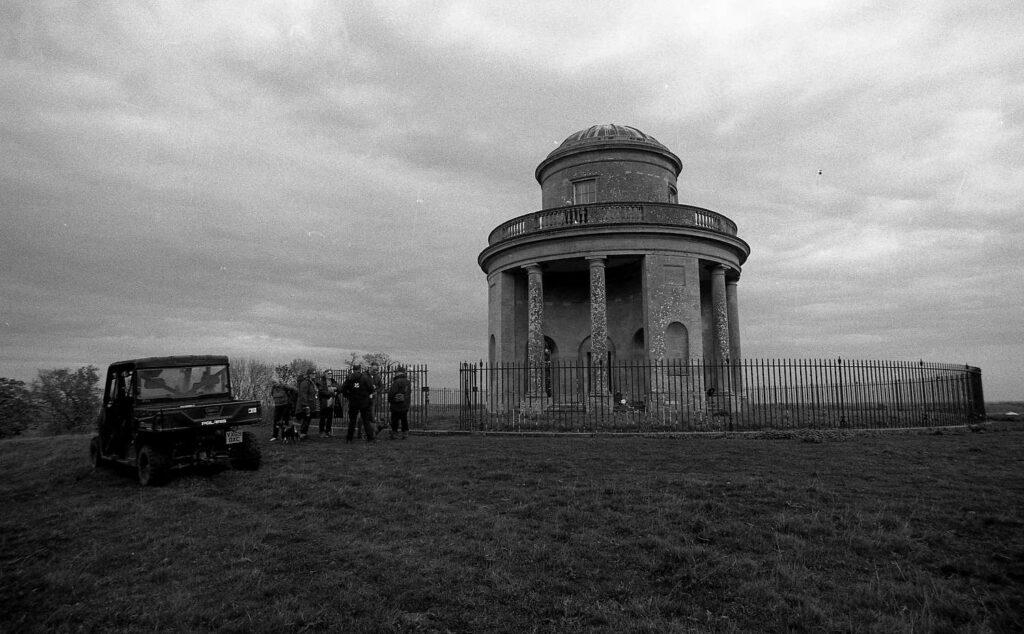
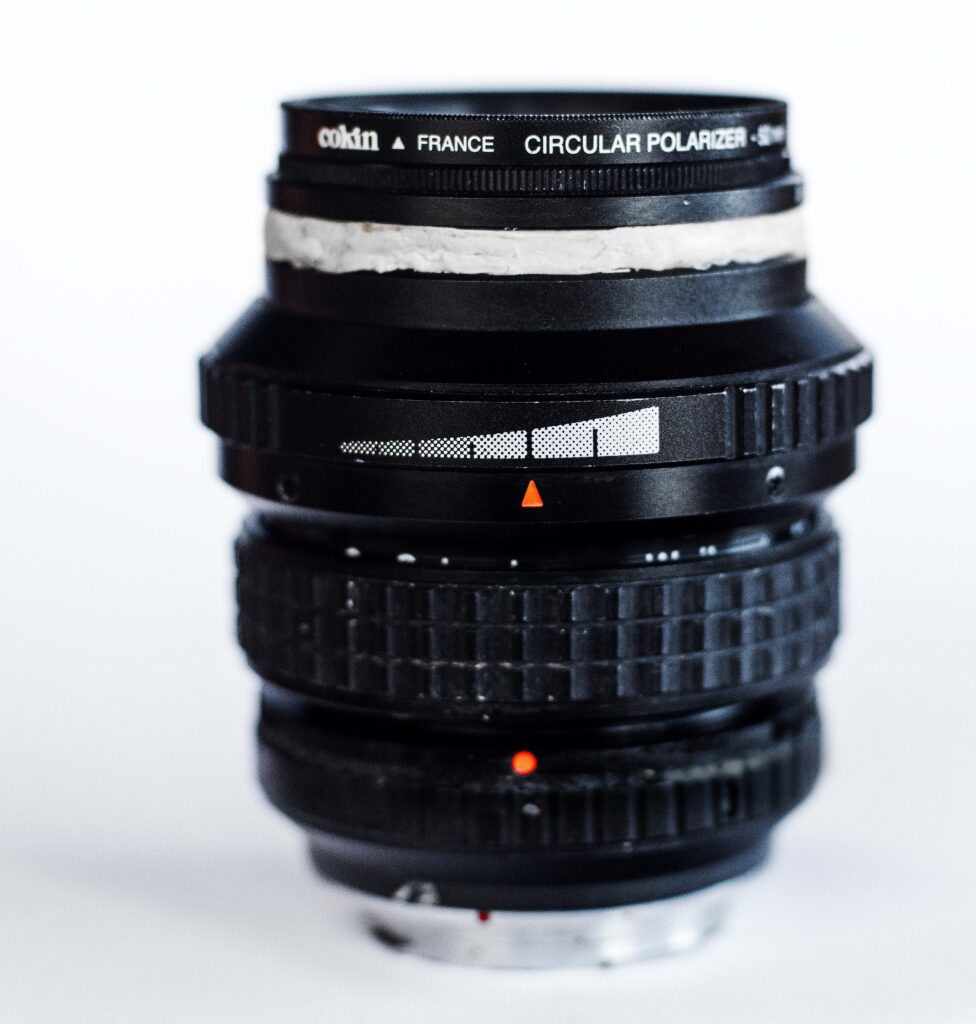
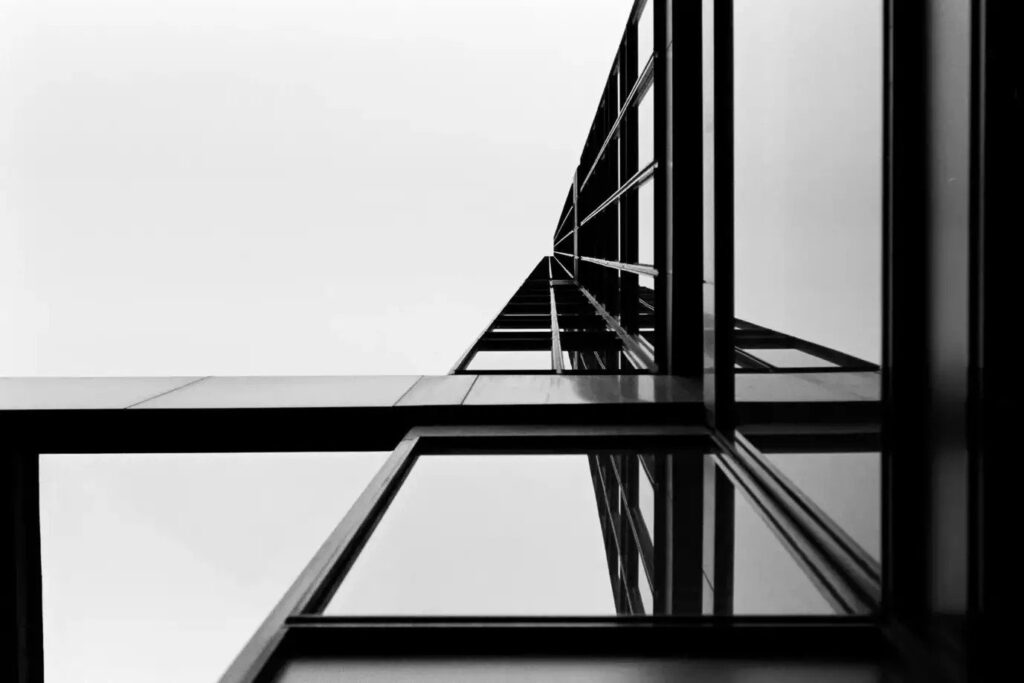


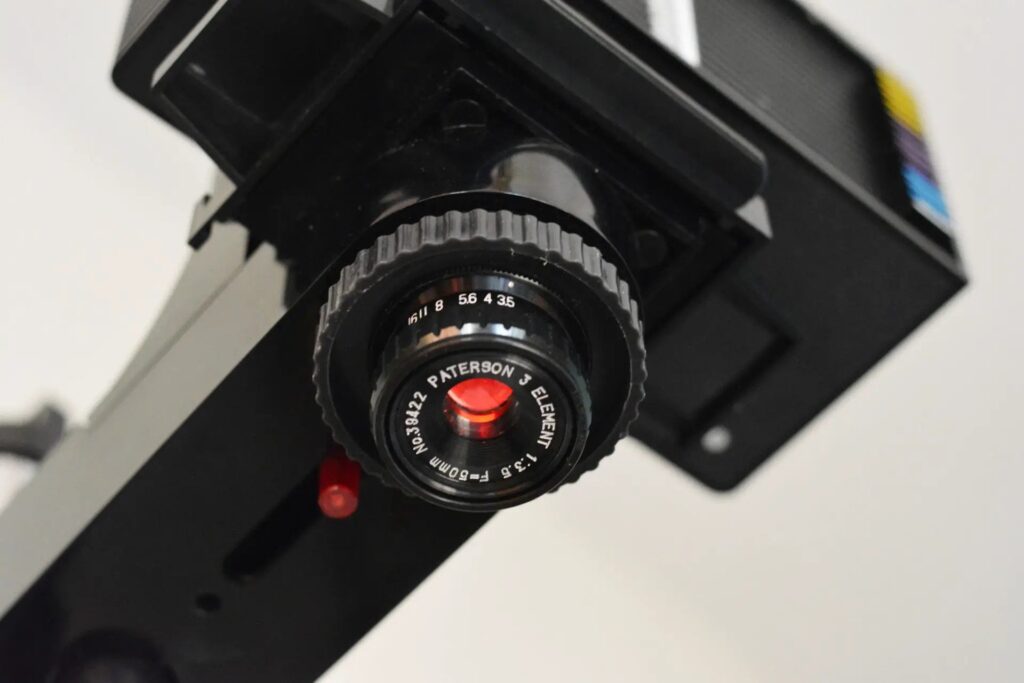
Comments
Stephen Hanka on 5 Frames from a cheap and simple camera – and a very rare one too
Comment posted: 03/11/2025
Gary Smith on 5 Frames from a cheap and simple camera – and a very rare one too
Comment posted: 03/11/2025
Comment posted: 03/11/2025
Comment posted: 03/11/2025
Comment posted: 03/11/2025
Tony Warren on 5 Frames from a cheap and simple camera – and a very rare one too
Comment posted: 03/11/2025
Comment posted: 03/11/2025